Michelangelo, Leonardo, Raphael: 'titans of Western art' reunited in 'standout' show
Exhibition explores the complex artistic landscape of Florence at the turn of the 16th century
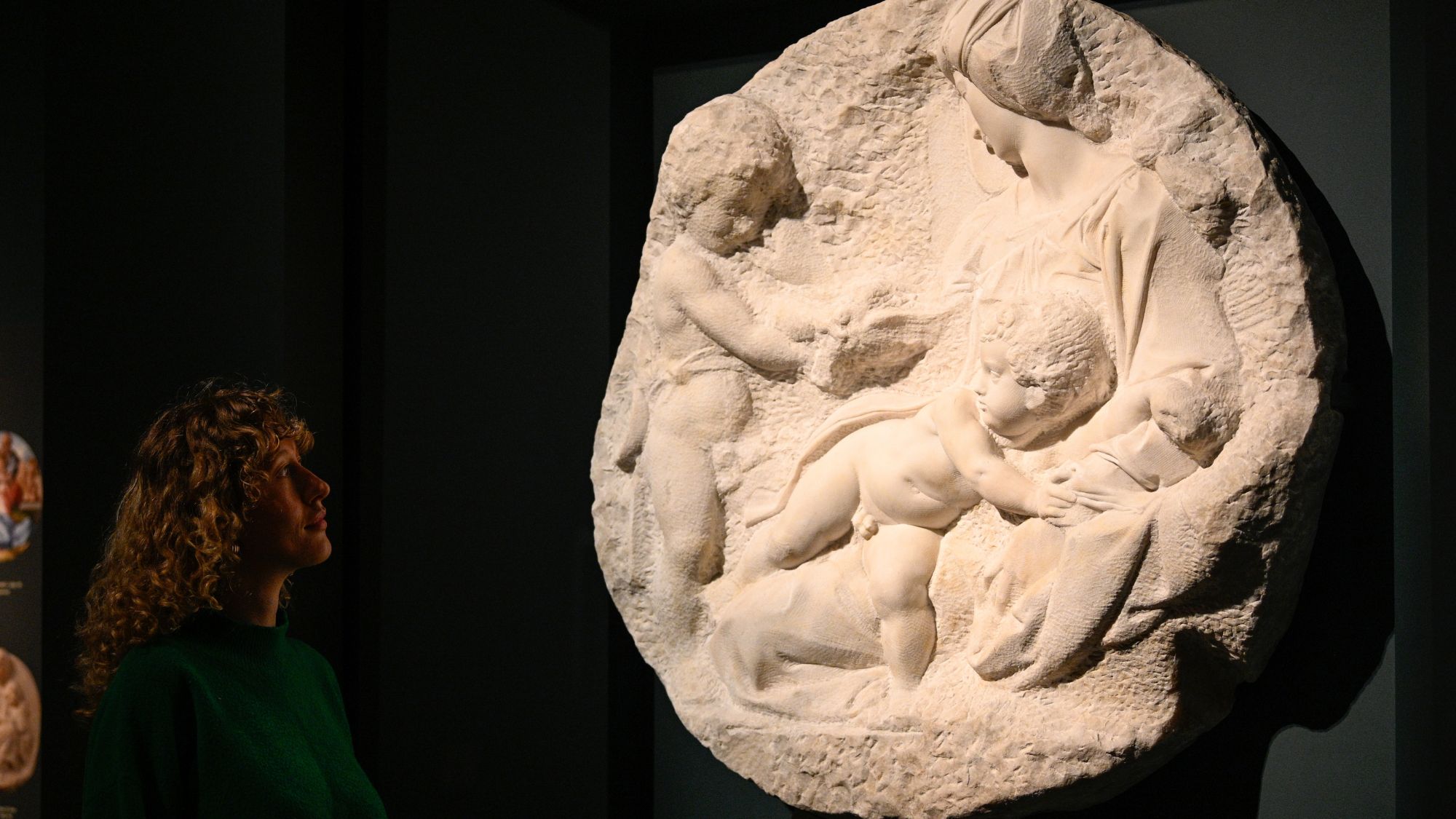
At the turn of the 16th century, Florence was the scene for "what may have been the ultimate clash of the titans of Western art", said Robert Fox in The London Standard.
In about 1504, the "ageing" Leonardo da Vinci, the rising star Michelangelo and the upstart newcomer Raphael all crossed paths in the Tuscan city, "a hotbed of intrigue and turmoil" then home to Machiavelli and the Medicis. The three masters copied, studied and almost certainly drew influence from each other, and – less collegially – competed for patrons. This small, three-room exhibition at the Royal Academy explores the great meeting of minds that took place in Florence that year, bringing together one major, contemporaneous work from each artist: Leonardo's so-called "Burlington House Cartoon", depicting the Virgin and Child alongside Saint Anne and John the Baptist; the Michelangelo sculptural relief known as the Taddei Tondo; and Raphael's "Esterházy Madonna". These masterpieces are bolstered by a series of sketches and copies dating from the period, and the result is "a gem of a show".
The exhibition boasts "plenty of standout moments", said Alastair Sooke in The Telegraph. One such moment occurs early on, when we encounter both Michelangelo's "Tondo" and a delicate pen-and-ink study of the Virgin and Child by Raphael. The former, depicting "a curly-haired, chubby Christ Child squirming upon his mother's lap", clearly made an impression on the younger artist, whose own drawing here copies several motifs from that sculpture, as if Raphael had been watching over Michelangelo's shoulder as he worked. Almost as interesting are copies of "the greatest pair of artworks that never existed": two "vast murals" of battle scenes by Leonardo and Michelangelo, intended to decorate a chamber in Florence's Palazzo Vecchio, but never executed. The "experimental" sheets here "reveal how intricately both artists planned their compositions".
The Week
Escape your echo chamber. Get the facts behind the news, plus analysis from multiple perspectives.

Sign up for The Week's Free Newsletters
From our morning news briefing to a weekly Good News Newsletter, get the best of The Week delivered directly to your inbox.
From our morning news briefing to a weekly Good News Newsletter, get the best of The Week delivered directly to your inbox.
"This is an academic show," said Jonathan Jones in The Guardian. "It makes little attempt to bring 'Florence circa 1504' to life." We see nothing about the ferment of the times: Savonarola's revolution and execution; Machiavelli; the Medici; the public arguments between Michelangelo and Leonardo. This exhibition "should have been a mighty epic". It isn't. Nevertheless, it is animated by "the blast" of Leonardo's scenes of the Battle of Anghiari in 1440. Just before he created them, "Leonardo served as military engineer to Cesare Borgia, psychopathic son of Pope Alexander VI". His drawings give a flavour of what he must have witnessed: rearing horses, screaming faces, "an old warrior howling from his leathery cruel face as he prepares to chop off an enemy's hand". You "will never forget Leonardo's vision of war".
A free daily email with the biggest news stories of the day – and the best features from TheWeek.com
-
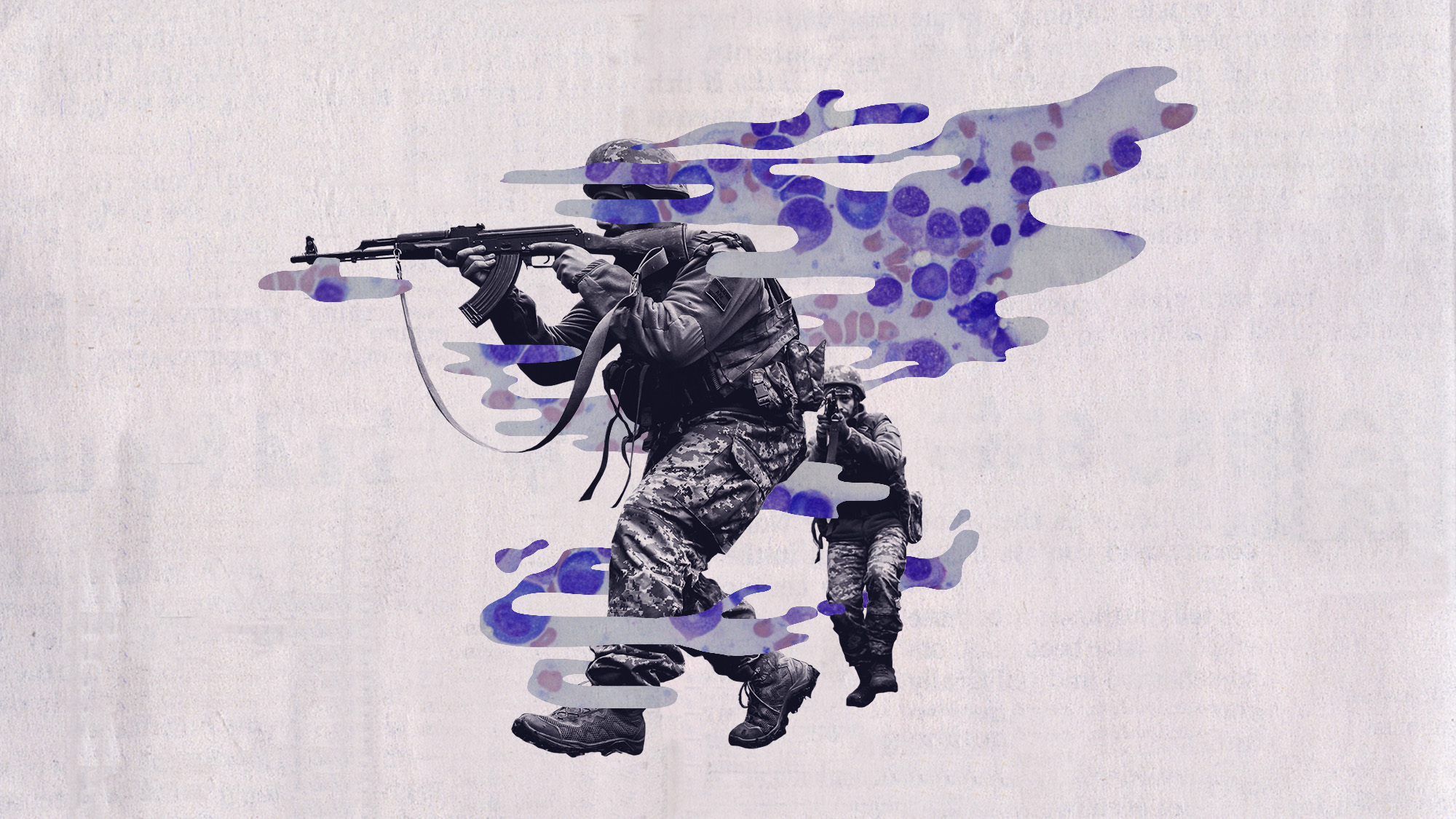 Antibiotic resistance: the hidden danger on Ukraine’s frontlines
Antibiotic resistance: the hidden danger on Ukraine’s frontlinesUnder The Radar Threat is spreading beyond war zones to the ‘doorstep’ of western Europe
-
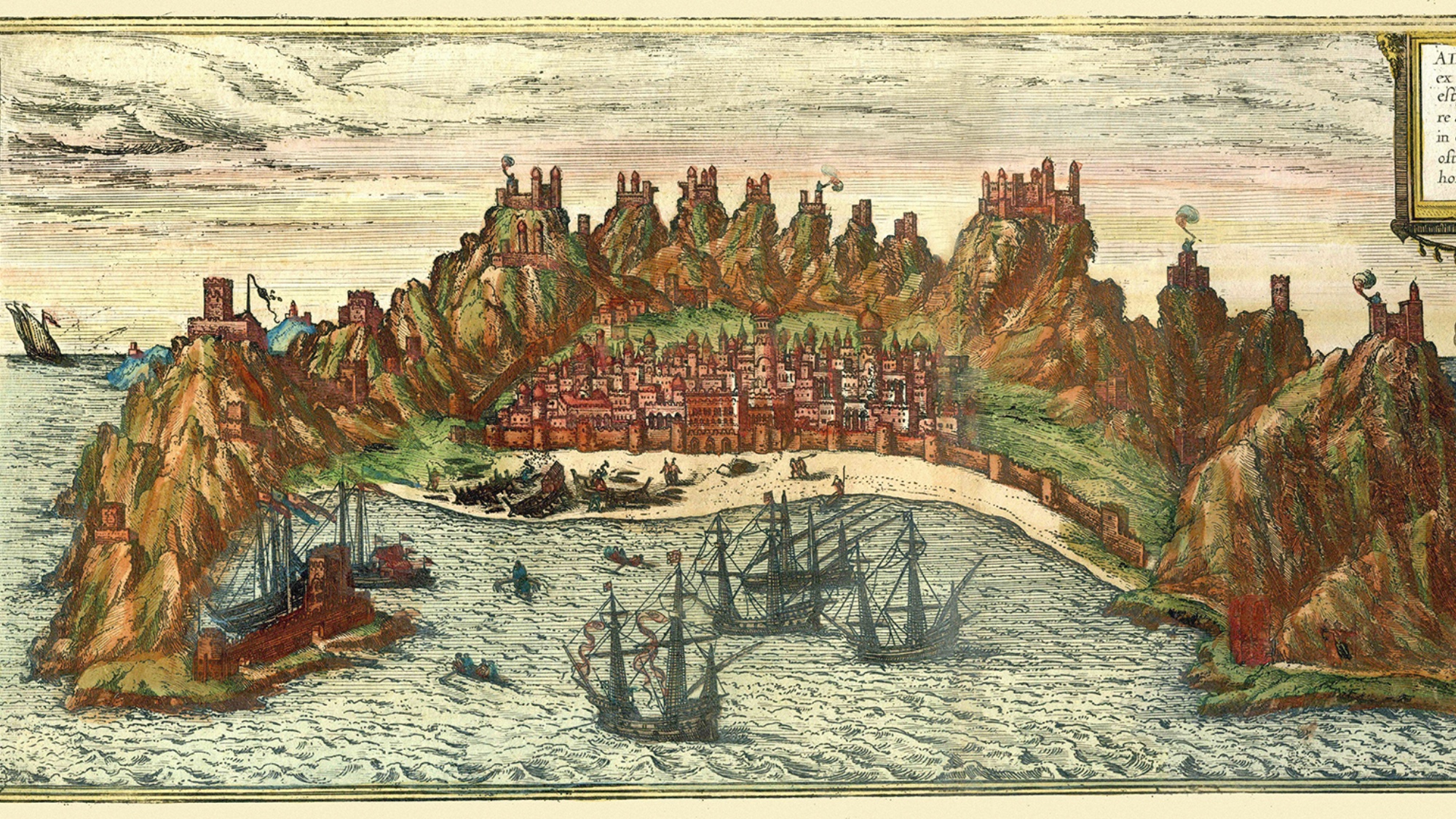 ‘Capitalism: A Global History’ by Sven Beckert and ‘American Canto’ by Olivia Nuzzi
‘Capitalism: A Global History’ by Sven Beckert and ‘American Canto’ by Olivia NuzziFeature A consummate history of capitalism and a memoir from the journalist who fell in love with RFK Jr.
-
 Who will the new limits on student loans affect?
Who will the new limits on student loans affect?The Explainer The Trump administration is imposing new limits for federal student loans starting on July 1, 2026
-
 ‘Capitalism: A Global History’ by Sven Beckert and ‘American Canto’ by Olivia Nuzzi
‘Capitalism: A Global History’ by Sven Beckert and ‘American Canto’ by Olivia NuzziFeature A consummate history of capitalism and a memoir from the journalist who fell in love with RFK Jr.
-
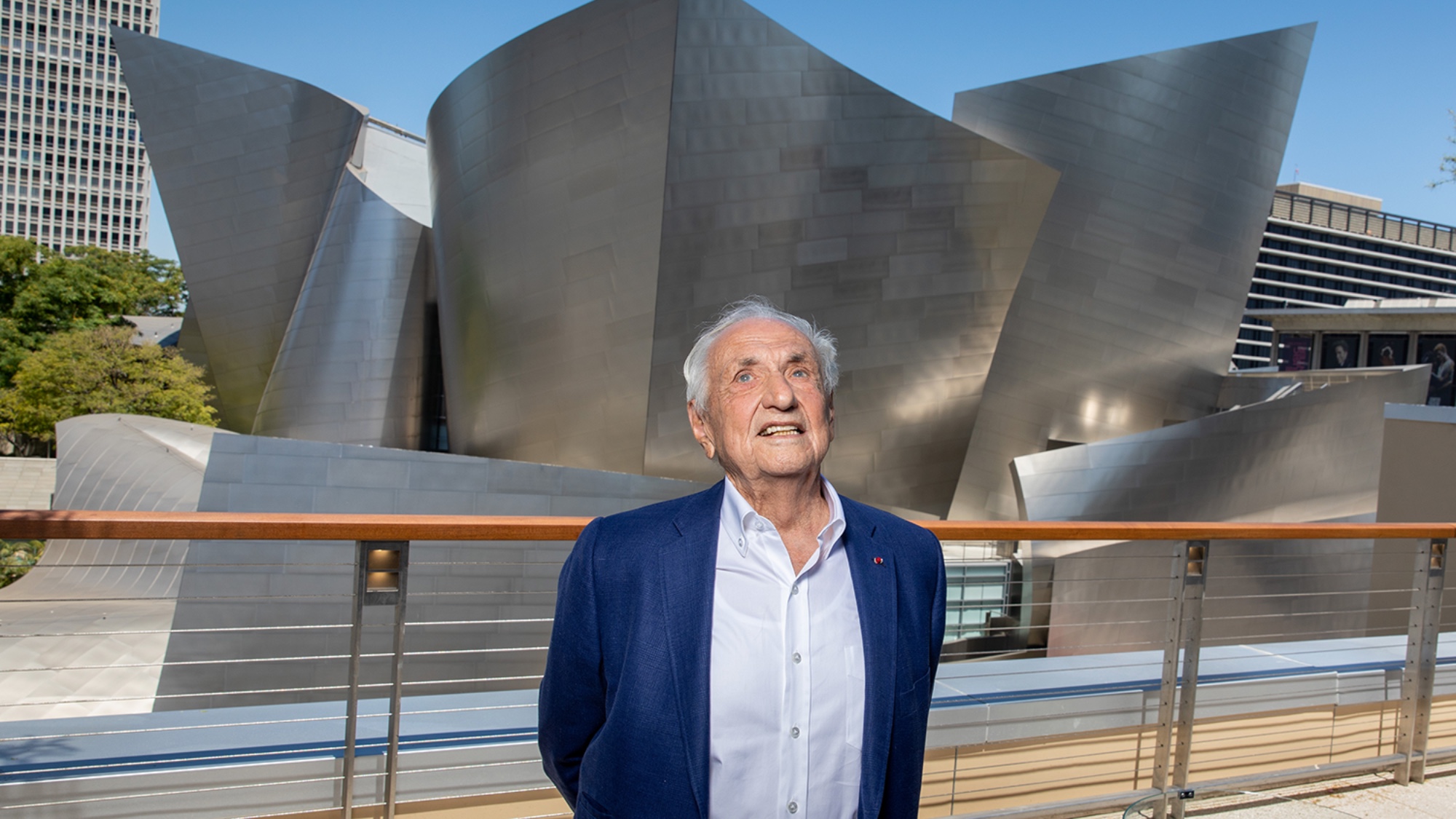 Frank Gehry: the architect who made buildings flow like water
Frank Gehry: the architect who made buildings flow like waterFeature The revered building master died at the age of 96
-
 6 lovely barn homes
6 lovely barn homesFeature Featuring a New Jersey homestead on 63 acres and California property with a silo watchtower
-
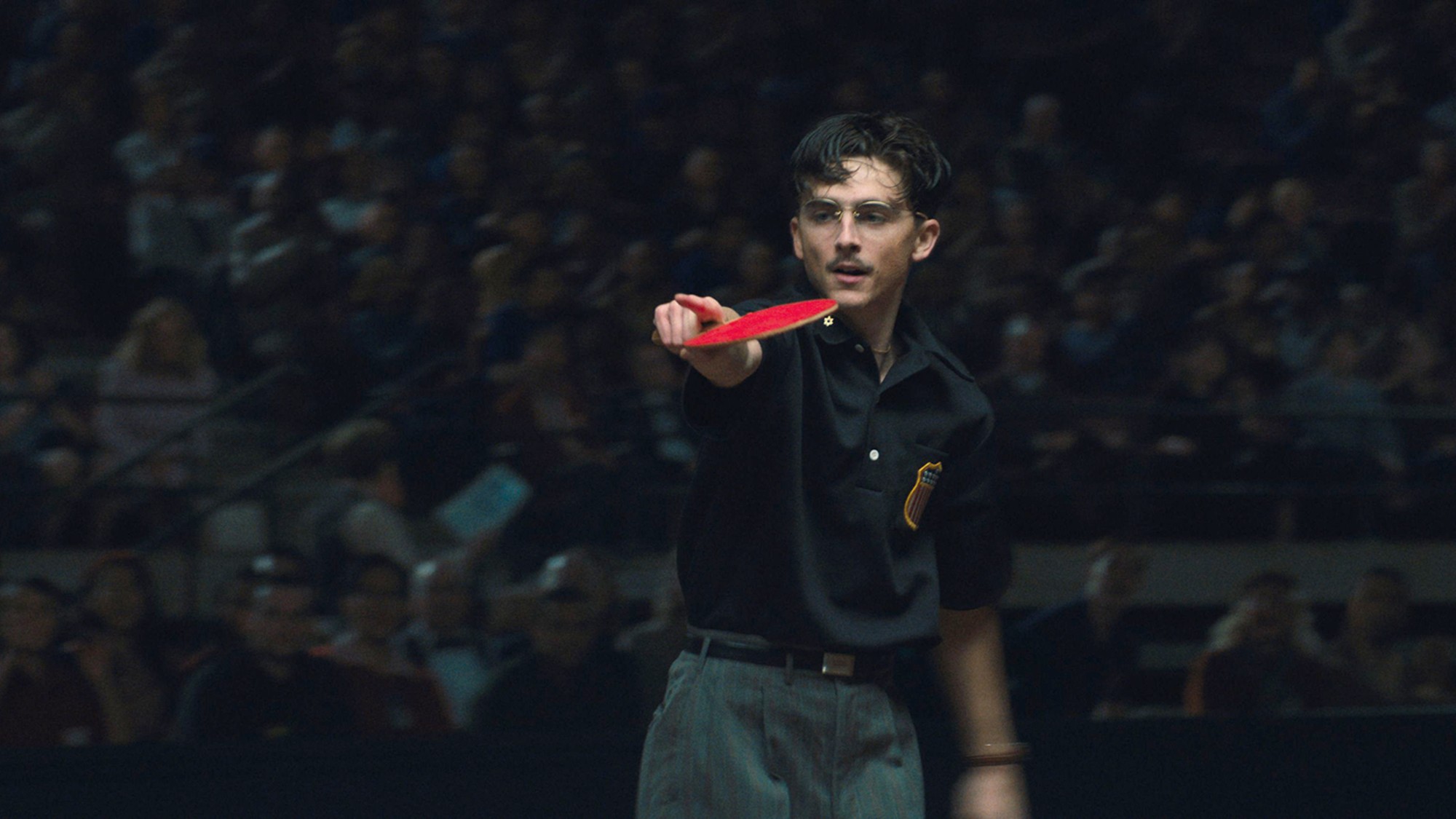 Film reviews: ‘Marty Supreme’ and ‘Is This Thing On?’
Film reviews: ‘Marty Supreme’ and ‘Is This Thing On?’Feature A born grifter chases his table tennis dreams and a dad turns to stand-up to fight off heartbreak
-
 Heavenly spectacle in the wilds of Canada
Heavenly spectacle in the wilds of CanadaThe Week Recommends ‘Mind-bending’ outpost for spotting animals – and the northern lights
-
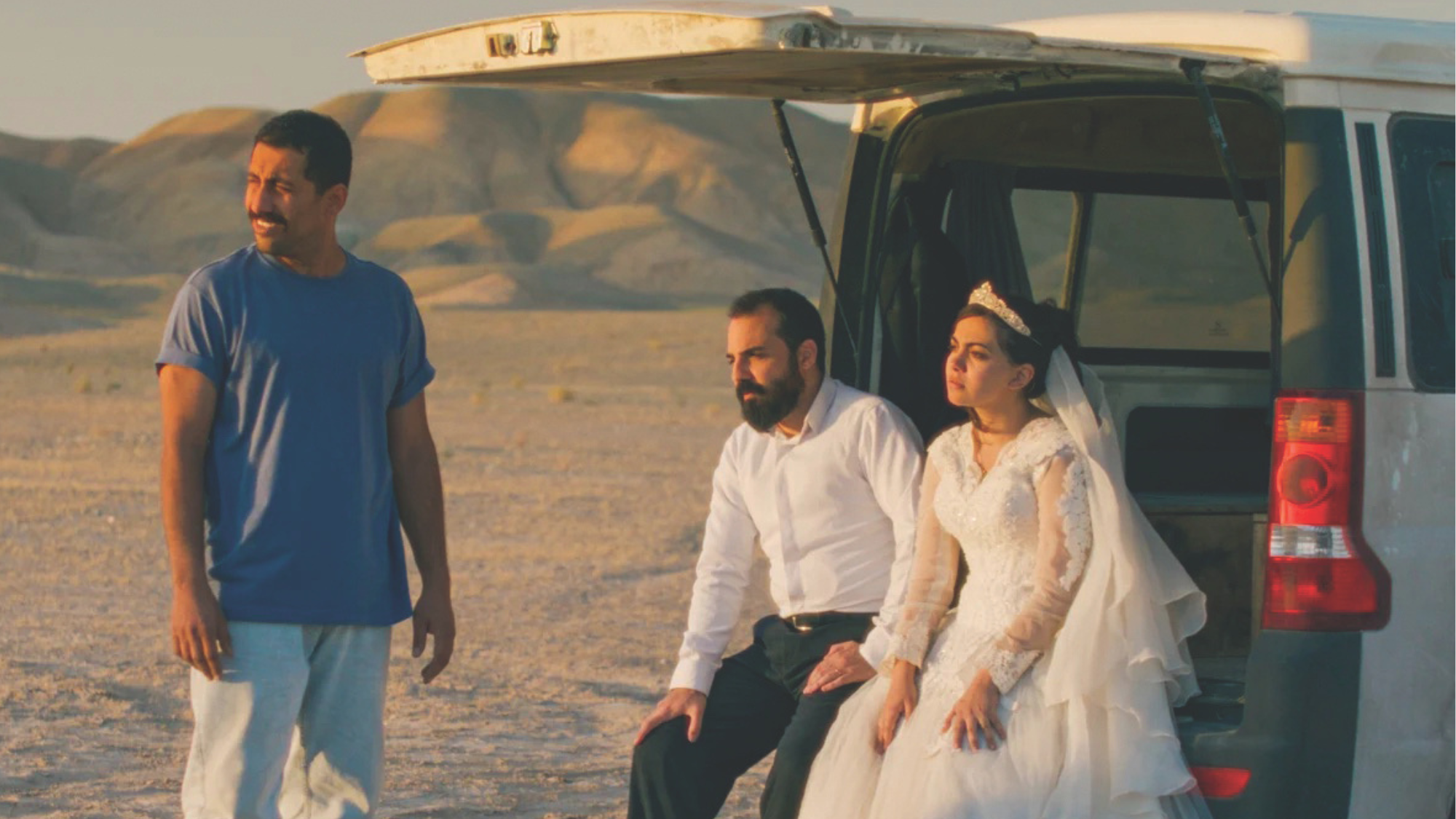 It Was Just an Accident: a ‘striking’ attack on the Iranian regime
It Was Just an Accident: a ‘striking’ attack on the Iranian regimeThe Week Recommends Jafar Panahi’s furious Palme d’Or-winning revenge thriller was made in secret
-
 Singin’ in the Rain: fun Christmas show is ‘pure bottled sunshine’
Singin’ in the Rain: fun Christmas show is ‘pure bottled sunshine’The Week Recommends Raz Shaw’s take on the classic musical is ‘gloriously cheering’
-
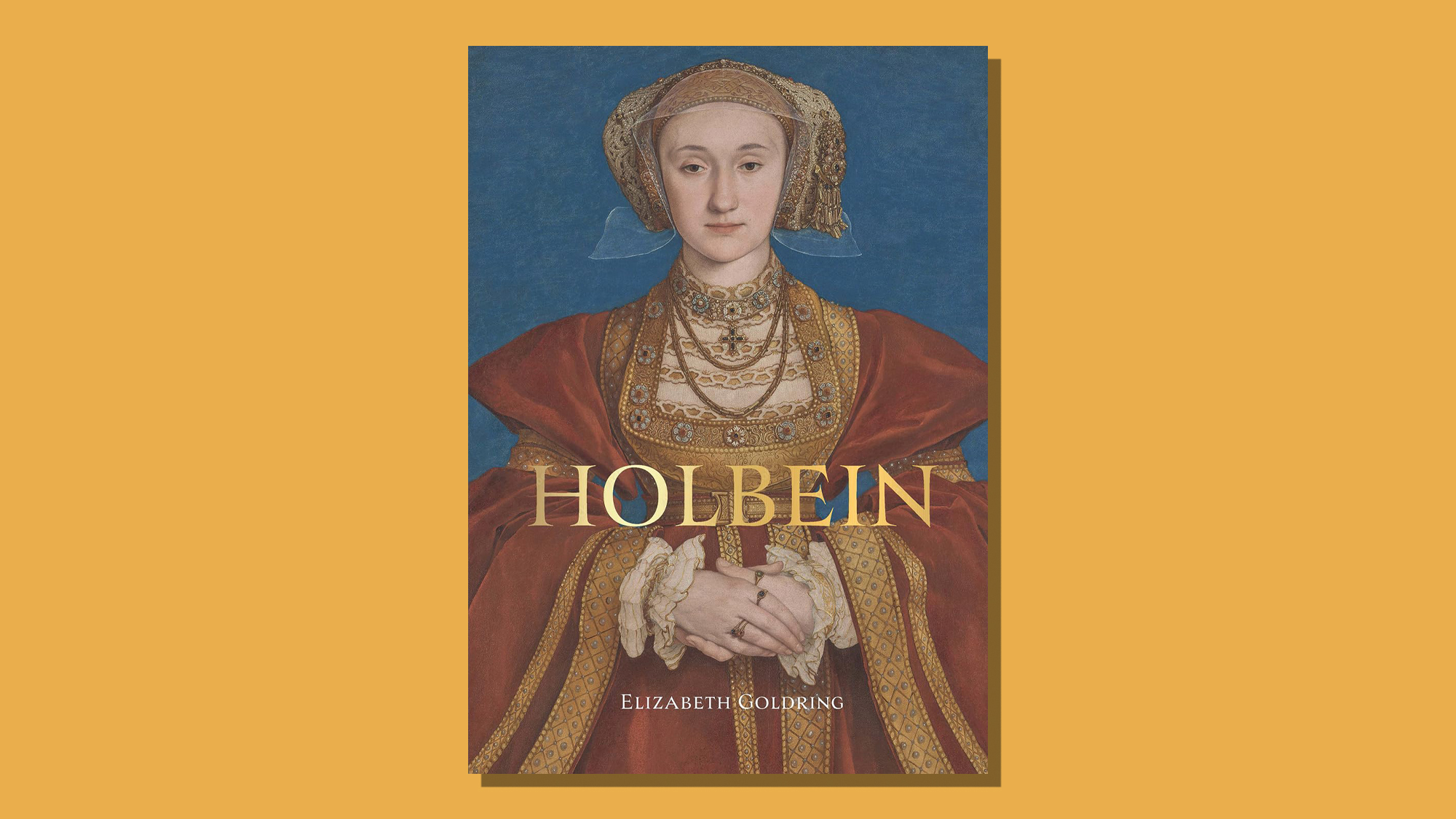 Holbein: ‘a superb and groundbreaking biography’
Holbein: ‘a superb and groundbreaking biography’The Week Recommends Elizabeth Goldring’s ‘definitive account’ brings the German artist ‘vividly to life’